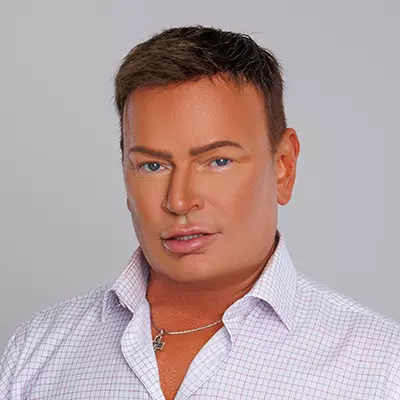Some hair loss is normal for both men and women, simply a common occurrence resulting from hair’s regular growth and resting cycles. While hair loss or thinning can bring about negative feelings, at Mane Image, we want you to know it doesn’t have to be that way! Every hair loss story is different, and yours is also unique, but many times the main factor is hormones. Let’s explore how hormones contribute to hair loss and then discover how Mane Image’s personalized hair restoration techniques can help resolve your hair loss, no matter its caus
The Relationship between Hormones and Hair Loss
Testosterone, progesterone, estrogen and dihydrotestosterone (DHT) are among the hormones found in your body and controlled by your endocrine system. When you are healthy, your hormones remain in balance and your body is functioning optimally. When your hormones aren’t in balance, your body functions in like manner, equally distorted. A prime example is the instance in which your hair’s natural growth and resting cycle goes awry, resulting in abnormal hair loss and thinning due to hormonal imbalances.
While your endocrine system works diligently to sustain balance hormones and a healthy balance, all sorts of issues can arise when the delicate balance is tarnished. Stress is a common cause of hormonal imbalance, followed by a diet lacking in iron, vitamin B3 (niacin), vitamin B7 (biotin), essential fatty acids, and zinc), atypically functioning glands like the thyroid which can produce too much or too little of its respective hormones, and hypoglycemia (an excess of insulin to glucose). Aging can also be a factor in abnormal hormone balance.
Thyroid Diseases
Hyperthyroidism, the thyroid condition in which thyroid hormones are overproduced, and Hypothyroidism, the thyroid condition in which thyroid hormones are underproduced can the loss of hormonal equilibrium. In each case, hormone levels fluctuate, often causing hair loss, weight changes, fatigue, anxiety, sleeplessness, and more. Thyroid diseases can be controlled with medication, but the hormonal equilibrium takes time to restore in order to stop the associated hair loss.
Androgenetic Alopecia
Androgenetic Alopecia, better known as male-pattern baldness and female pattern baldness, is a one of the most common causes of hormonal-based hair loss. This unique condition is recognizable due to its ‘pattern’ which includes a receding hairline and hair loss at the temples. For men it often features a predominate bald spot, while in women, thinning hair is more common. Androgenetic alopecia results from an overproduction of DHT (a hormonal byproduct of testosterone) causing a malfunction of the hair follicles. This malfunction causes abnormal hair loss due to unproductive hair growth cycles coupled with extended resting phases.
For Women Only
Pregnancy, menopause, and other female issues can cause excessive hair loss or thinning. During pregnancy, hair may be exceptionally full and thick resulting from a combination of prenatal vitamins and a shortened shedding cycle. Hair loss often follows, once the baby is born, and estrogen levels decrease. Generally, this type of hair loss is normal and temporary, returning to normal as hormones balance and the hair’s growth cycle resets. For other women, the arrival of menopause brings estrogen decreases and DHT imbalances which result in hair loss or thinning. Menopausal hair loss can be permanent.
Find Your Hair Loss Solution at Mane Image Hair Restoration
If you are experiencing hair loss or thinning, hormonal or otherwise, at Mane Image Hair Restoration, we have customized hair restoration solutions designed exclusively for you. We have tailored treatments for Androgenetic Alopecia, and other hormonal hair loss conditions each with the promise of a healthy, thick head of hair. We will evaluate your condition, examining carefully your hair, scalp, and follicles, and deliver the hair loss treatment or hair restoration solution that meets your needs. Contact us today and schedule your free consultation.











